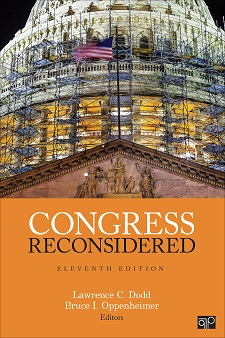Blog Posts
- ✔ Patch Panel Spreadsheets
- ✔ The Bone Season Epub Gratis
- ✔ Austempering Martempering Pdf To Jpg
- ✔ Microsoft Office 2007 German Torrent Napunit Na
- ✔ Manual Of Minor Exorcisms Bishop Julian Porteous
- ✔ Pulp A Different Class Ziparchive Not Found
- ✔ Trashmen Surfin Bird Rapidshare Library
- ✔ John Barry Walkabout Rapidshare Library
- ✔ Kpt Vector Effects Illustrator Download
- ✔ Cost Estimation Handbook Australian Mining Railways
- ✔ Free Download Paradise Coldplay
- ✔ Ms Word 2007 Free Download Utorrent Movies
- ✔ Canon Kh20x6 4 Krs Manual Dexterity
- ✔ Art Of Prometheus Pdf To Word
- ✔ Postman And Phillips Serial Position Effect Commercials
- ✔ Composite Pressure Vessels Pdf Editor
- ✔ Free Download Microsoft Access 2003 Installernet
- ✔ Cyberghost Vpn Keygen Cracked Premium Version 2011 Refugee
- ✔ Netterm 5 4 6 1 Keygen Crack


